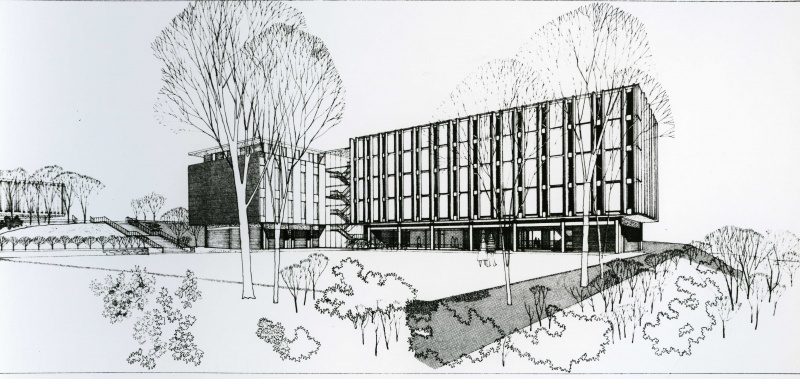PDF
Modeling Authority at the Canadian Fisheries Museum, 1884-1918 Item Info
- Title:
- Modeling Authority at the Canadian Fisheries Museum, 1884-1918
- Creator:
- Knight, William Charles
- Date Created:
- 2014
- Degree Awarded:
- Doctor of Philosophy
- Subjects:
- Canadian History Canadian Studies
- Geographical Focus:
- Canada Canadian Fisheries Museum
- Supporting Materials:
- n/a
- Description:
- This dissertation charts the history of the Canadian Fisheries Museum, established in Ottawa in 1884. Initially assembled for the 1883 International Fisheries Exhibition in London, the Fisheries Museum was a hybrid of natural history museum and industrial exhibition that modeled fish and fisheries as national possessions under progressive state administration. In 1918, after an extensive renovation, the museum was closed and the collection dispersed. The Fisheries Museum's demise raises questions about museological permanency and power, particularly the authority of natural history museums to produce what Jens Andermann calls "hegemonic figurations" of nature and nation. This study focused on the museum's practices of curating, collecting, cataloging, modeling, and exhibiting‚ examines how the museum navigated its material and conceptual challenges as it sought to model Canada's aquatic nature. These included the museum's spatial constraints, the authenticity of fish models, the museum's competing local and national roles, the professionalization of government science, and the gendered shift from production to consumption in fisheries administration. These challenges necessitated an ongoing project of remodeling as the Fisheries Museum sought to stabilize and maintain its authority. Remodeling also shaped the construction of curatorial authority, evidenced in the career of Andrew Halkett. Halkett, a self-trained naturalist and member of the Ottawa Field-Naturalists' Club, negotiated changing ideals of masculine identity as he rose from a clerical position to become the museum's curator, engaged in Arctic expeditions and acclimatization. This dissertation resurrects a "lost" museum, with exhibits spanning fish culture, whale skeletons, and fish restaurants at the Canadian National Exhibition. Drawing on museum studies, environmental and fisheries history, state formation, and gender studies, it reveals the Fisheries Museum as an arena where ideas about fish, the role of state administration, and the construction of masculine authority were tested and contested.
Source
- Preferred Citation:
- Knight, William Charles. Modeling Authority at the Canadian Fisheries Museum, 1884-1918. 2014. Carleton University, Doctor of Philosophy.
- Reference Link:
- https://cuhistory.github.io/grads/items/hist_73.html
Rights
- Rights:
- Copyright the author, all rights reserved, unless otherwise indicated.

